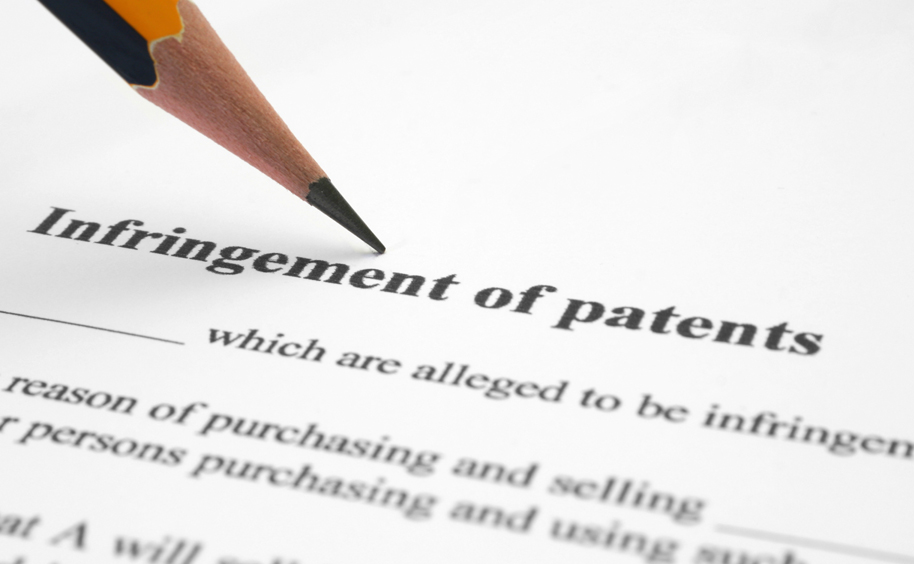
Members of the packaging community are often surprised to hear about the extent to which the patent system is used by successful packaging companies.
Patents are often (wrongly) associated with complex technologies, but in actual fact there is arguably just as much inventing that goes on in the packaging industry than in, say, Smartphones. Technological developments in packaging are often not viewed as sufficiently innovative to warrant patent protection, at least not by the designers and engineers who are actually doing the development work.
However, the patent system was designed to protect incremental improvements and not just step change or disruptive innovation. For an invention to be patentable, it only needs to be more than an obvious modification of what is known and no more ‘inventive’ than this.
Considering the volumes generally involved in packaging applications, then small incremental improvements that shave ½ second off the cycle time in the erection of a carton or that save ½ gram of weight in a moulded disposable container (for example) can provide substantial cost savings. These savings may be down to a very simple feature, such as a fold line configured in a particular way or a flange with a shape that facilitates gripping or ejection.
This is precisely the sort of innovation that the patent system was designed to protect.
The World Intellectual Property Office’s database (which includes most, but not all applications filed throughout the world) suggests that an average of 40,000 patent applications were filed per year over the last 10 years for packaging related inventions (International Patent Class 65 – CONVEYING; PACKING; STORING; HANDLING THIN OR FILAMENTARY MATERIAL).
Nearly 4,500 packaging-related international patent applications (single application covering 148 territories) were filed in 2013 alone, with around 8% of these filed by UK resident companies.
Packaging is clearly a significant area of patent filing. Most of these patent applications relate to small incremental improvements, rather than breakthrough technologies. The nature of innovation tends to be incremental, but many of these steps can represent significant financial gains and in an increasingly competitive industry like packaging, it is surprising that more companies do not protect their innovations.
Aside from the competitive advantages offered by patents, the new Patent Box tax regime (10% corporation tax rate for profits from patented products) gives UK companies the opportunity to reduce their corporation tax bill significantly. It is hardly surprising that Pfizer’s planned acquisition of AstraZeneca is motivated by the Patent Box regime (as reported by the Royalty Society of Chemistry in an article in Chemistry World entitled Pfizer courts AstraZeneca megamerger published on 29 April 2014).
One little-known fact that is particularly relevant to SME packaging companies is that for a reasonably profitable product the tax savings over the first year or two can easily pay for the cost of securing UK patent protection, which is the only territory needed to qualify for the Patent Box irrespective of where in the world the revenues come from. If a company claims R&D Tax Credits and develops products, then there is a good chance that it could benefit from Patent Box.
The take-home message is that packaging companies should really consider how they protect the results of their research and development efforts. Patents not only provide the most effective way of protecting innovation, but they can now offer significant tax savings.
Author: Jason Lessard
This post was written for ThePackHub by Jason Lessard, a Patent Director at HGF Limited, a leading firm of patent and trade mark attorneys with 10 offices throughout the UK.
[ add comment ] ( 72 views ) | permalink |




 ( 2.9 / 2017 )
( 2.9 / 2017 )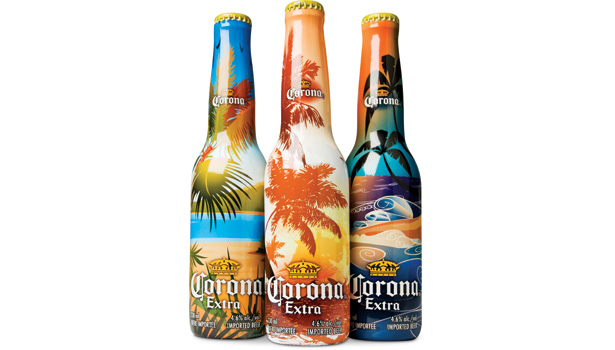
The year 2020 is just around the corner — in terms of innovation planning that is, because filling the new product pipeline, from idea to commercialization, typically takes several years to complete.
The same can be said for any new structural packaging design or new forms of printing and labeling with the frequently lengthy lead times from inception, production line tooling, to market capitalization.
With such long planning cycles and many potential risks associated with change, brand marketers are on the constant lookout for any potential disruptive catalyst that may impact their initiatives.
And 2020 — a year, as well as perfect vision and the ability to clearly see objects both far and near — serves well as a metaphor for envisioning major changes and the importance of identifying and selecting the right trends, both close and far.
This perfect vision starts by being able to see and capitalize on the missing needs in the marketplace to ensure the success of new packaging and branding initiatives.
STAYING AHEAD OF THE CURVE
The industry today is at a nexus where trends and technology advancements significantly impact package design and product development.
Most marketers spend their time looking at consumer trends to determine the next opportunity for growth.
But there is also another dimension to these trends, and giving consideration to the opportunities within the organization can also heighten the degree of success.
For brand marketers, I have identified four core, overarching needs that impact decisions and the project success, namely:
Minimizing risks in rebranding programs
The package goods industry teems with smart and creative individuals, so access to ideas is not a challenge.
But new product failures can reach up to 80 percent, and without being able to know the outcome of innovation, the C-suite’s apprehension toward investing in it is not at all surprising.
The real challenge lies in how these ideas get filtered down to the select few with the highest chance of success — and I mean real market success, not just research hurdle rates.
Utopian market research and insights information would be like buying a lottery ticket, knowing you have the winning number.
Yet, up until today, the conventional evaluation tools for determining concept selection by consumers had been shaky at best.
This is no fault on researchers’ side. We all know that if you pay for someone’s opinion, and he or she is predisposed to participating in research, your study is already biased and steering in the wrong direction.
The burning need of any marketer is to have the right insights that allow him or her to make the right decision with a projectable and realistic outcome. Ultimately, to have the right decision-making input lies at the forefront of managing the risk of innovation.
Speeding up time to market
Not too long ago, a new product could command hefty market share and a significant timeframe to maintain its competitive advantage.
However, those days of long-term sustainable market leadership through packaging and product innovation are gone, and competition is able to catch up to the new product within months.
You do not need to look further than the smartphone market to see how quickly, irrespective of the upfront cost, competitors can catch and match the innovative features of their rivals. The net result is the constant need to innovate only to avoid commoditization.
To ensure brands remain relevant, brand marketers today are looking at more effective ways to speed up their go-to-market process.
Avoiding the commoditization trap
The old adage “If you don’t innovate, you die” could not be any truer today.
Marketers constantly battle brand commoditization, and retailers such as Walmart and Target even penalize package goods manufacturers for lack of innovation.
With the growth of private label and the investment in house brands, not only do marketers need to worry about being commoditized by retailers and competitors, but also they have to face an additional challenge — the one of business model disruptions.
For example, Nespresso created market disruption and a whole new brand experience in the form of a new business model and a unique way of building loyalty — shipping replacement products directly to the customers, and stores serving the brand as platforms to gain more customers to the Nespresso Club.
For brand marketers, the need to remain relevant and command larger margins is one of the hardest challenges today.
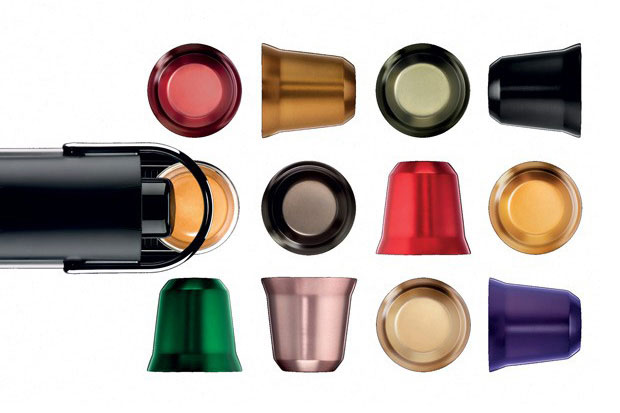
Regaining control of the consumer relationship
Retailers, with their big data knowledge and strong store loyalty programs, now control more of the customers’ relationship, yet it’s harder for packaged goods marketers to gain a strong understanding of customers’ needs.
Social media and online marketing have helped to bridge this gap, but the challenge of understanding customer segments, behaviors and profiles remains. Without nourishing this vital information set on an ongoing basis, marketers are well behind retailers in understanding and nimbleness in responding to the customer nuances in the market.
TECHNOLOGY-ENABLED PACKAGING DESIGN
Going forward, the insight solution for marketers will be a technological one, and I think the following will be the key technological elements that will help brand marketers meet their needs and minimize future packaging challenges:
Consumer neuroscience research
The advent of neuroscience in consumer research grants deeper insights into how ideas impact the key areas of the brain and allows researchers to discover the neural explanations for consumer behavior.
The ability to record brain activity through neuroimaging technology makes it possible to determine a consumer’s nonconscious responses to a new packaging idea.
This is a key factor that will determine the true predictive behavior of consumer preferences and choice. Although this is an emerging practice, organizations such as Nielsen with its NeuroFocus method are making it easier for marketers to leverage this approach.
As these technologies become more cost effective, they will provide a better direction on hierarchy of communication and potential tactile dimensions.
As well, they will enable brand marketers to gain better insights during the package design selection process, and they will be able to select the option that truly connects with consumers.
With the launch of portable head scanners, the gaming industry will move neuroscience from a lab environment to the aisle.
The rise of neurotechnology in the gaming industry will also have an impact on how we use similar technology in consumer research, where researchers will be able to track respondents’ reactions to packaging in real-world settings.
3D printing
The ability for consumers to visualize an idea in its most final form has historically been daunting and very slow.
The creation of Lucite bottle mockups gave consumers a feel of the shape, but in most cases this is where the experience ended.
With the advent of 3D printers, designers can quickly give consumers a realistic view of the packaging in the near-final stage.
With 3D printing, marketers will be able to speed up the go-to-market process by reducing the time during the iterative design phase and enable better research insights by providing nearer-to-market stimuli.
The technology has also become extremely affordable, increasing the ability of developing unique package design shapes and gaining a better understanding of how the new shapes feel and perform in the hands of consumers.
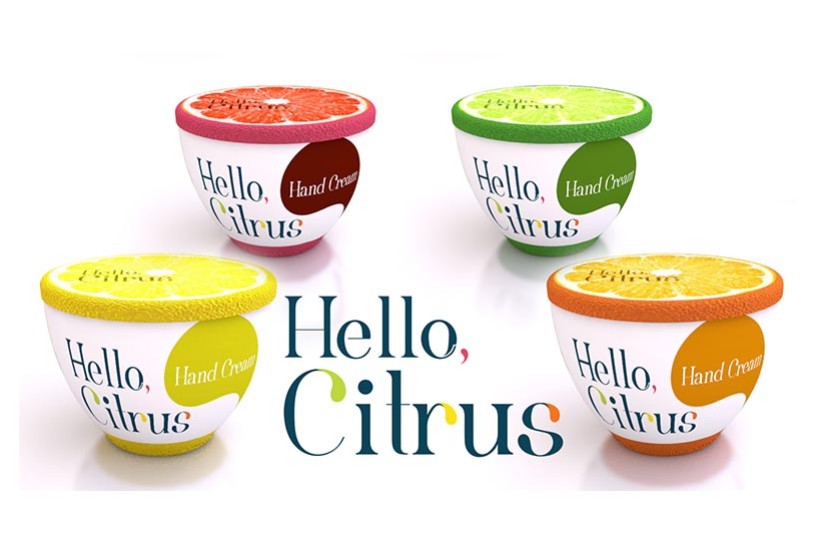
Emotional research
We work with Hotspex, a global research firm that has pioneered the ability to evaluate packaging ideas based on the consumer’s emotional reaction.
This is an important dimension, as more than 50 percent of all purchase decisions by consumers are done emotionally. In categories such as fragrance, fashion and vehicles, the emotional dimension plays a much more critical role.
The use of emotional factors in research provides designers and marketers with the ability of identifying potential white spaces or weaknesses in competing brands, which can be further leveraged through the design and packaging process.
For marketers, the ability to understand the emotional value of the various package design options allows for deeper insights on what will resonate with consumers more effectively at the shelf level, where needs are converted into emotional desires.
Virtual shelf settings
Each retailer has its own planogram setting, which poses a significant challenge for how the new package design will stand out at the shelf.
New services such as Explorer Group allow for the creation of simulated shelf settings, leveraging either real world fixtures and products or projection systems that allow customers to shop every conceivable retailer’s aisles.
Consumers make 80 percent of all of their buying decisions at the shelf level in the blink of an eye, so the ability of understanding how the new packaging options stand out at shelf level represents a vital step in minimizing the risk for a new package design.
This type of research tool allows marketers to understand how the consumer shops the category, what are the key path-to-purchase leverage points, what are the key shopability factors that drive purchase, and what key elements of the package help drive visibility and differentiation.
Eye-tracking technology
We have recently undergone a major packaging program design project for a large retailer that covered some 1,500 products. It was crucial to understand what elements of the packaging stood out, where the customers first looked on the packaging, and how they navigated the various messages.
The research firm leveraged a live shelf set and a set of eye-tracking glasses, which give the ability to clearly understand the customer’s eye movement within the category and on the given packaging.
The hardware has come a long way, making it easier for in-store research, where the entire shopping experience can be taken into consideration.
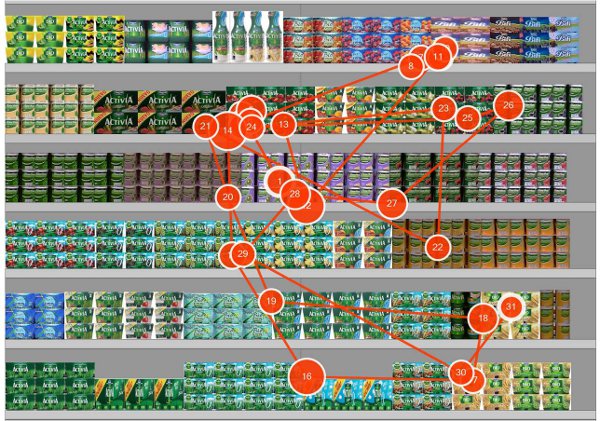
Design personalization
Several years ago, we worked on a packaging assignment for a major brewery, which allowed consumers to personalize their beer bottles to a life milestone.
The advancement in digital printing allowed this project to be a huge success.
Since then, this process has evolved to be leveraged as part of short shrink label print run packaging programs.
We used this technology for a promotional packaging program for Corona’s summer campaign, where we designed twelve unique bottle labels depicting dynamic illustrations of beach scenes.
The program succeeded because the cost and speed to market made it viable to the brand marketer. With the need for individuality and the consumer passion for collecting memorabilia, expect to see a growth in this packaging area.
Responsive food safety labels
Both consumers and retailers are always very concerned about both the liability and loss of trust when food recalls occur.
One of the advancements is in gelatin-based bump marks, a bio-reactive substance that degrades at the same rate as the food inside the package. Another advent is the growth of tracking systems such as “Thisfish,” which allows customers to scan a quick response code with their smartphones to identify key salient information on where and how the product was caught.
This is prevalent in Europe: Programs such as “Trace ‘n Face” let shoppers see information about the food producers and also trace the products back to the producer in the event of contamination.
This puts greater information into the hands of consumers, allowing them to make the right choices at shelf, while bringing greater value to the brands leveraging these advancements.
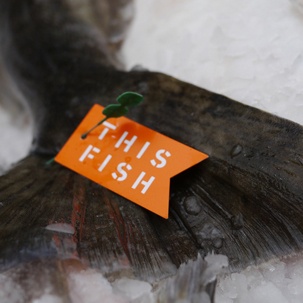
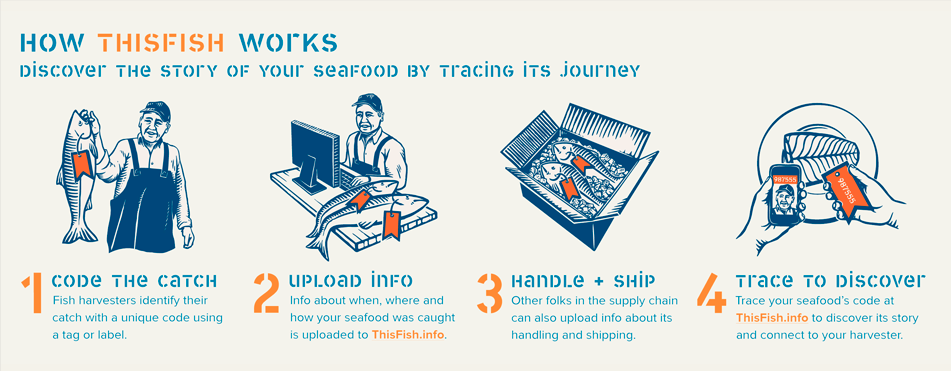
CONCLUSION
Marketers today have powerful, technology-driven tools at their disposal that help them make better package design decisions, speed up the launch of new packaging ideas, and increase their perceived value through the effective use of innovation that meets the needs of consumers.
As these advancements in technology improve and become more widely used by marketers in the package design process, we will see an increased presence of innovative packaging solutions at shelf level.
Source : Brandpackaging - 9/14
Edit by Jean-Pierre Lacroix
[ add comment ] ( 37 views ) | permalink |




 ( 3 / 2223 )
( 3 / 2223 )
ABSOLUT proudly presents ABSOLUT UNIQUE, a limited edition of uniquely designed and individually numbered bottles.
ABSOLUT is passionate about creativity and every bottle is a one-of-a-kind work of art. Uniquely designed, individually numbered and decorated with bright colours and patterns, the vibrant bottles will be great collector’s items and truly personalised gifts.
To achieve this unique limited edition, ABSOLUT had to re-engineer its entire production line to ensure that no two bottles would be alike.
The result is close to four million strikingly designed bottles, as individual as our customers and New Zealand have just 4,800 ABSOLUT UNIQUE 1 litre limited edition bottles available from early November 2012 in leading liquor outlets while stocks last (RRP $54.99).
Watch the behind-the-scenes ABSOLUT UNIQUE film:
http://youtu.be/toHQCrb4a38
[ add comment ] ( 37 views ) | permalink |




 ( 3 / 2140 )
( 3 / 2140 )Brand owners are constantly innovating to keep up with the changing demands and requirements of consumers, and also to stand out in an increasingly competitive environment.
Alongside changing consumer habits, there have been recent developments in technology, meaning that there is now opportunity for manufacturers and suppliers to be more creative than ever before.
So, what developments should we be looking out for in the near future?
Smithers Pira explores the top five innovation trends currently occurring in the packaging industry, and what manufacturers, suppliers and brand owners can be doing to further engage customers.
1. National Pride and Nostalgia
The 2012 London Olympics, the marriage of Prince William and Kate Middleton and the Queen’s coronation instilled a sense of patriotism and national pride in British consumers. The packaging industry in England is reflecting this through designing definitively British packs, often featuring the Union Jack and images of the monarchy.
This has led to more traditional and nostalgic designs as a nod to the past; old-fashioned graphics and logos that showcase a brand's truly British nature.
Vintage packaging not only plays on a popular fashion trend, but also points toward a certain authenticity.
Due to the amount of brands and products available to choose from, consumers now look for those they know they can trust, and the packaging helps to convey this idea.
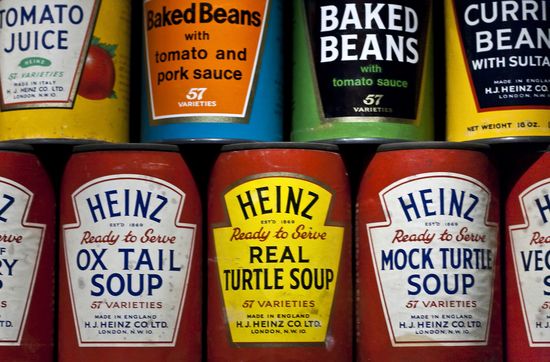
2. Personalized Packaging
As digital printing technology becomes more affordable and widespread, there has been an increase in short print runs, and personalization is being used more often as a tool to differentiate a brand and attract customers.
This innovation was arguably pioneered by Coca Cola and its Share a Coke campaign, which featured popular first names printed on labels. However, Coca Cola was just the beginning, and we now have a number of other designs which capitalize on this ‘made for me’ approach.
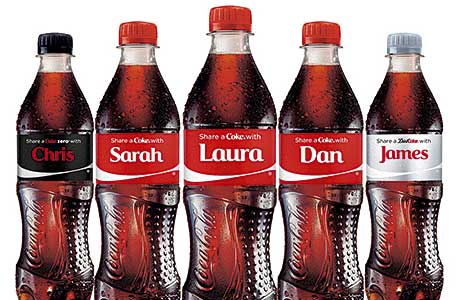
These include the Absolut Vodka bottles, which used 4 million unique and individually numbered designs.
As brands utilize the Internet and social media to broaden reach and enhance campaigns, consumers now feel packaging is made for them more than ever before.
Take, for example, Heinz Tomato soup – a recent campaign allowed consumers to personalize a can on the brand's Facebook page, and send it to a friend or loved one as a ‘get well soon’ gift.
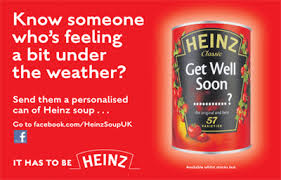
As the technology enabling such innovations improves and costs come down, the industry will become even more creative with personalized packaging.
3. People-pleasing Packaging
In order to be successful, brand owners need to understand consumers’ unmet needs.
For example, convenience packaging is popular among increasingly on-the-go consumers who don't have time or space for large, unwieldy or difficult-to-open packs.
Examples of new convenience packaging include Robinsons Squash'd, a plastic squeezable pouch designed to dispense fruit puree into water bottles on the go, making up to 20 drinks.
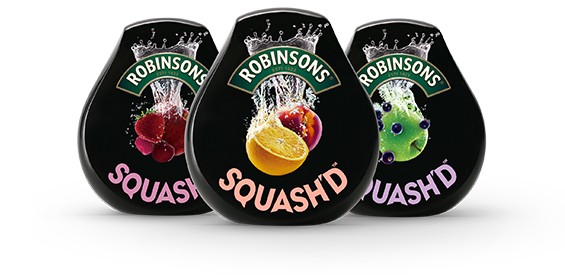
Easy-to-use packaging also fits into this ‘people-pleasing packaging’ category, notably easy-to-open jars, and Unilever’s ‘Clean Lock Cap’ used on their recent Colman’s brand condiments.
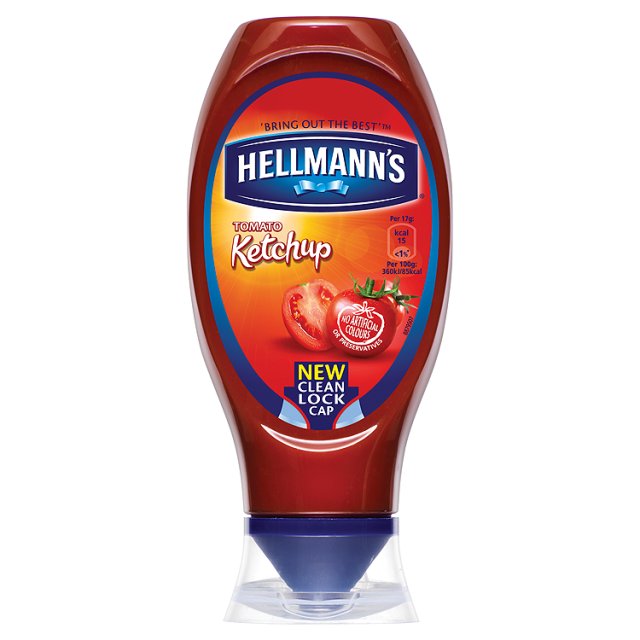
Packaging that can control the dosage required for both consumption and cleaning products also helps consumers who may not be sure about how much of the product needs to be used.
4. Pack Differentiation
A constant battle for brands is to ensure their products stand out on the shelf at the moment the consumer is making their buying decision – the so-called ‘moment of truth’ in store.
In order to do this, brands must secure their niche and advertise their unique selling point in an engaging way.
Examples of companies successfully achieving pack differentiation include Budweiser, whose recent beer cans take on their distinctive bow-tie shape, and Tattinger Champagne, whose varied and colorful bottles are striking and impactful on the shelf.
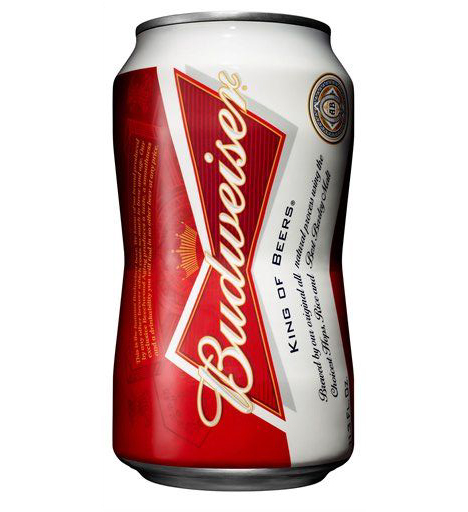
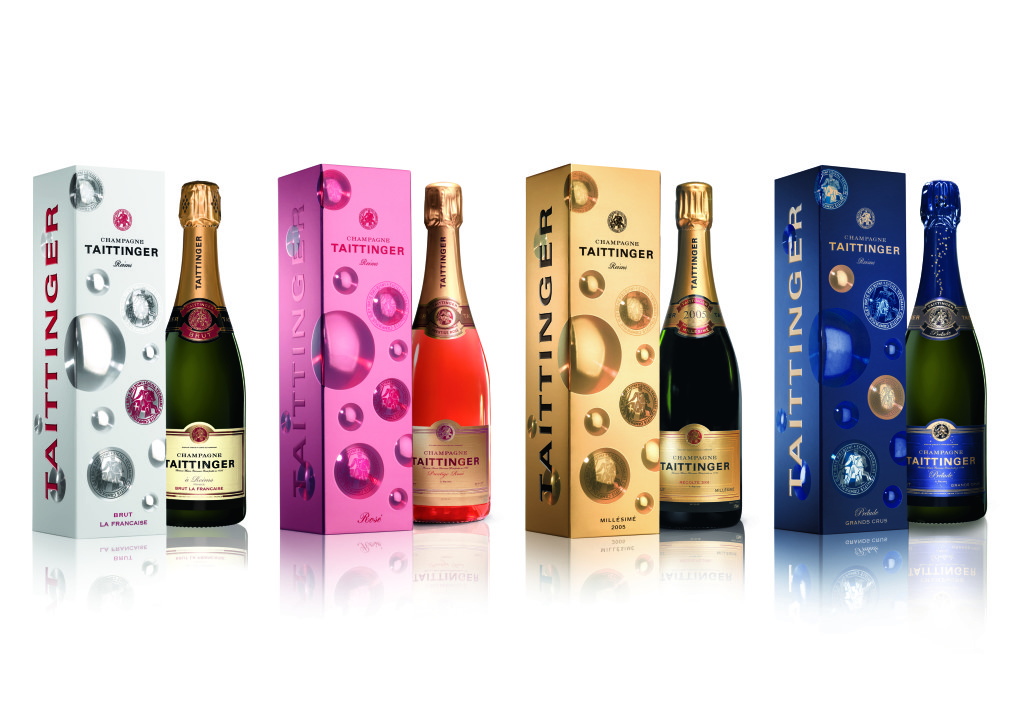
Many brands achieve stand-out appeal by simply ‘saying it how it is.’
In the same way that brands are reverting to vintage designs to convey a traditional and trustworthy approach, brands also like to communicate honesty, simplicity and clear intent to their consumers. Examples include Heinz Ketchup, whose bottle states that it is ‘bursting full of tomatoes.’
Sustainability has traditionally been a driver for consumers as environmental concerns increasingly enter the public consciousness, so brands are keen to flaunt their sustainable credentials on pack.
Brown materials, uncluttered packaging and simple fonts all point towards an environmental focus, even if there is none present.
5. Technology
Recent technological innovations have been able to take packaging’s interactions with consumers one step further.
Bottles from brands such as Heineken and Strongbow offer numerous interactive features, such as producing beams of light when opened, and the ability to control the light on DJ decks.
While these are not in mass production and are in fact more of a marketing tool, they showcase just what can be done with packaging technology.
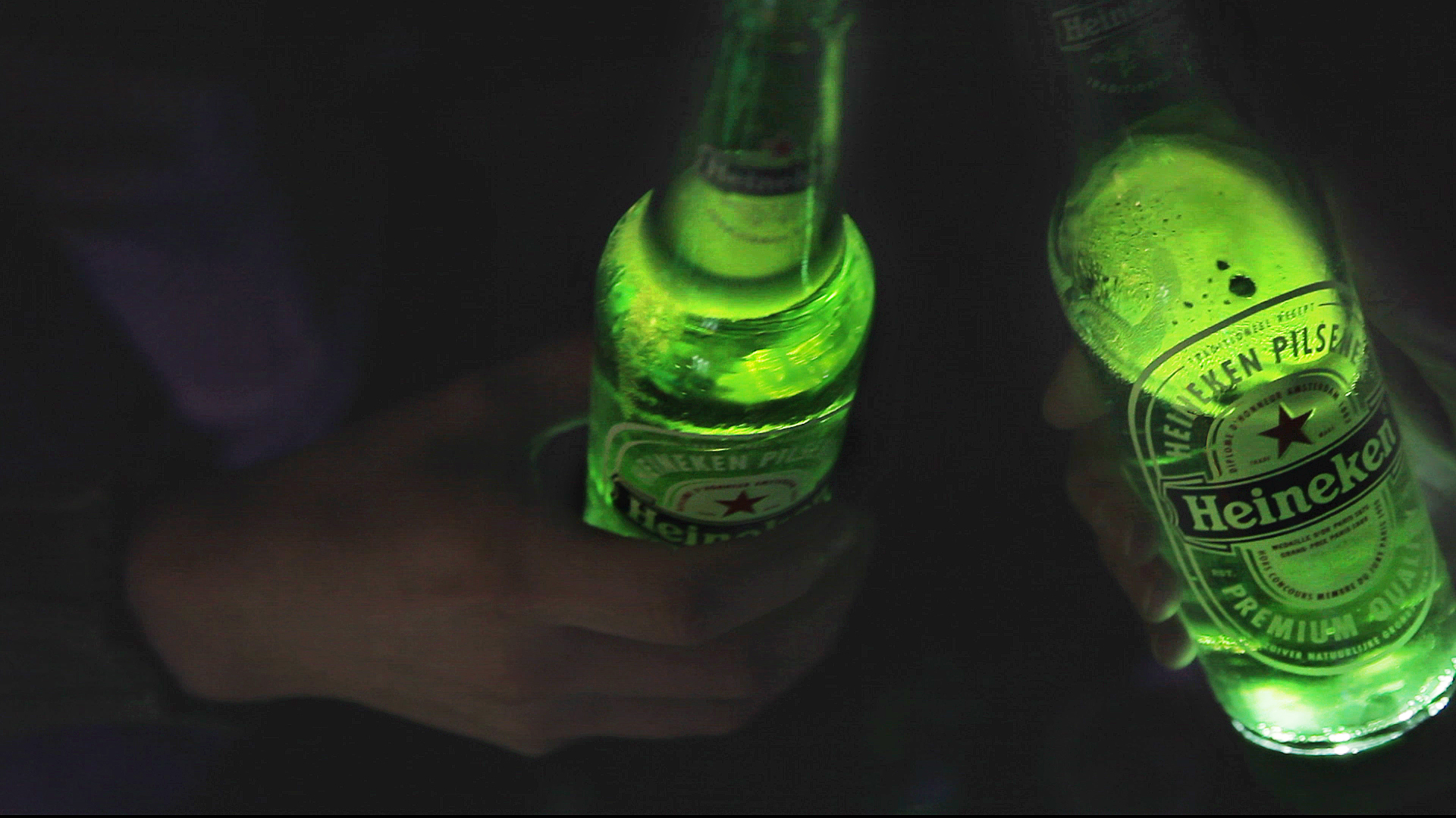
[ add comment ] ( 29 views ) | permalink |




 ( 3 / 2116 )
( 3 / 2116 )Over the most Italian challenging road slope (cyclists named it "cima Coppi"), somebody wrote it down " Don't give up; on the top it's full of beautiful girls!!!"
This should become the MOTTO for the Innovators!!!
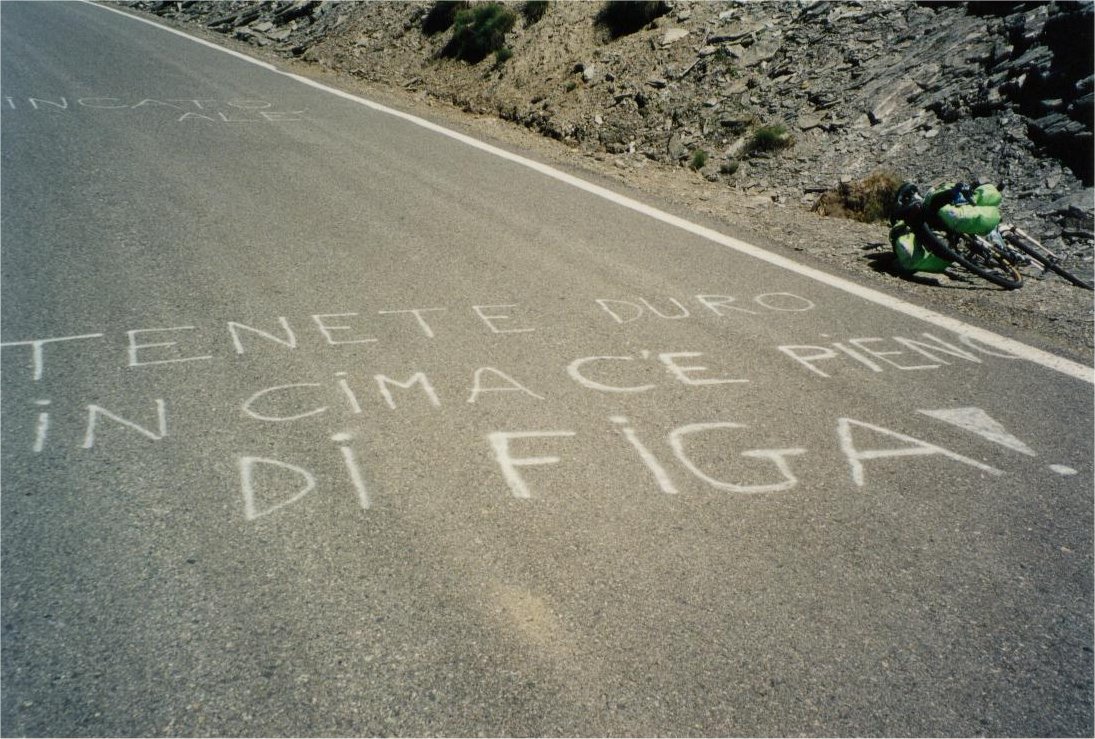
[ add comment ] ( 26 views ) | permalink | related link |




 ( 3 / 2287 )
( 3 / 2287 )

 Calendar
Calendar